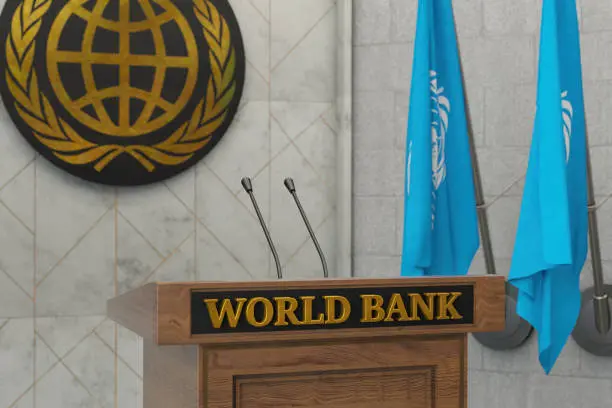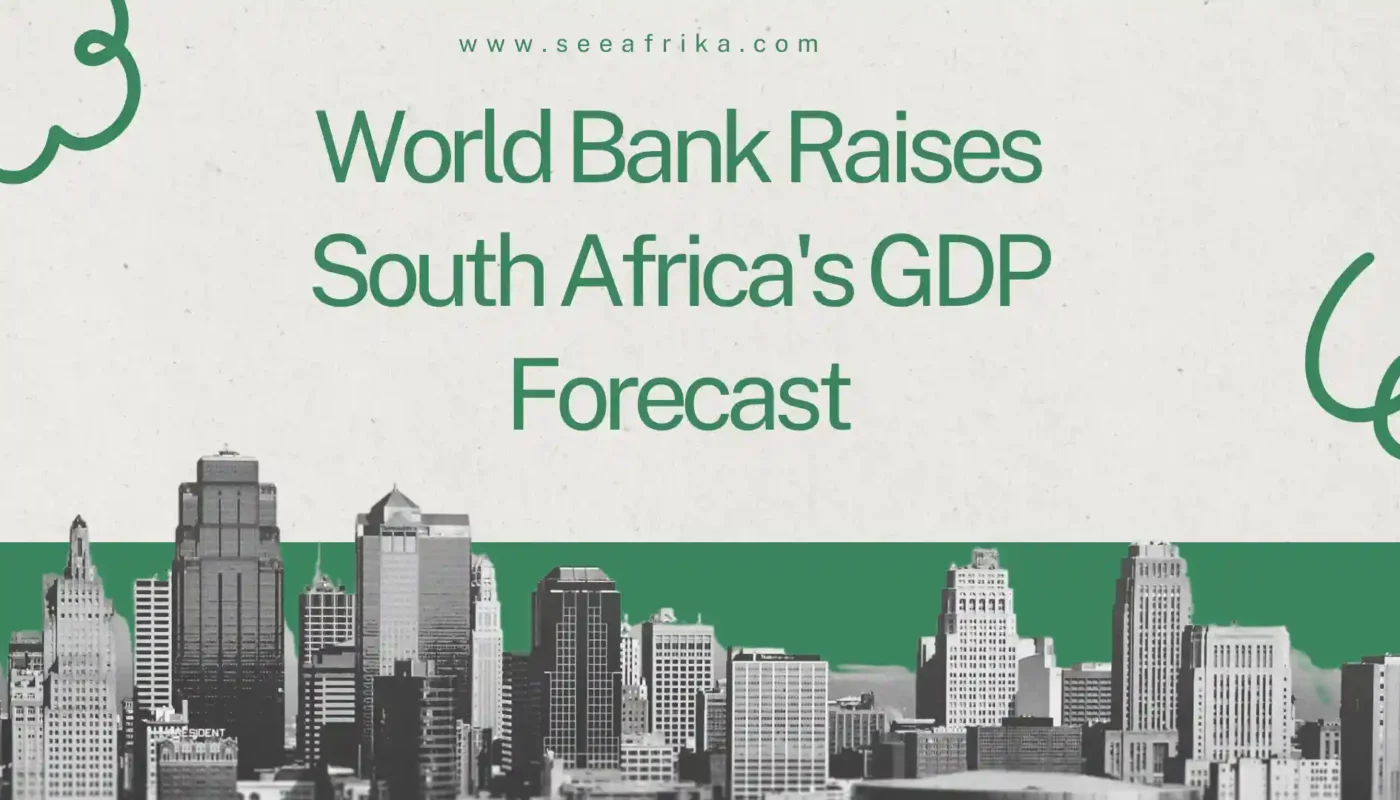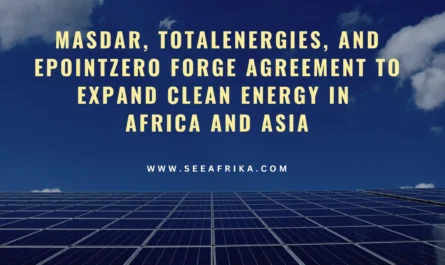The World Bank has raised South Africa’s GDP forecast, signaling cautious optimism about the nation’s economic recovery. This adjustment comes as the country grapples with ongoing challenges but shows signs of improvement in key sectors.

World Bank Raises South Africa’s GDP Forecast
On February 4, 2025, the World Bank announced that South Africa’s GDP growth projection for 2025 had increased from 1.3% to 1.8%. This revision is largely attributed to a sustained recovery in the energy and logistics sectors, which have been critical for economic activity. The bank anticipates that growth will accelerate further to 2% by 2027.
Factors Influencing the Forecast
- Energy Sector Recovery: The recovery in the energy sector is pivotal. South Africa has faced significant power supply issues that have hampered economic growth for years. Improvements in electricity supply are expected to enhance productivity across various industries, thereby supporting the GDP forecast.
- Logistics Improvements: Logistics has also improved. The government is implementing reforms to address operational inefficiencies in freight rail and ports. These changes are crucial for boosting exports and overall economic performance.
Challenges Ahead
Despite the positive adjustments, the World Bank cautions that South Africa will still struggle to achieve the growth rates necessary to reduce poverty and unemployment significantly. The country has experienced a long period of weak economic growth, averaging only 0.8% annually since 2012. This stagnation has entrenched high levels of unemployment and poverty.
Economic Context
In 2023, South Africa’s economy grew by just 0.6%, hindered by widespread power cuts and high living costs. The medium-term outlook has improved slightly, with average growth now projected at 1.6% over the next few years. However, achieving sustainable development remains a challenge due to structural constraints that limit economic potential.
The World Bank’s revised forecast reflects a broader trend of cautious optimism among economists regarding South Africa’s economic trajectory. As inflation declines, household spending is expected to improve, potentially increasing consumer confidence and investment.
The National Treasury also anticipates GDP growth rates of 1.6%, 1.8%, and 2.5% for the years 2025, 2026, and 2027, respectively.
Conclusion
In summary, while the World Bank has raised South Africa’s GDP forecast due to improvements in the energy and logistics sectors, significant challenges remain. The nation must navigate structural issues to achieve meaningful economic growth that can alleviate poverty and unemployment rates.
As reforms take hold, stakeholders will be watching closely to see if these projections can translate into tangible benefits for the South African economy.
Related:




